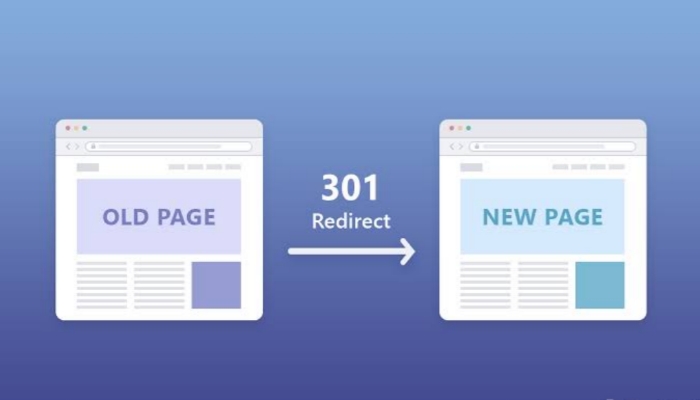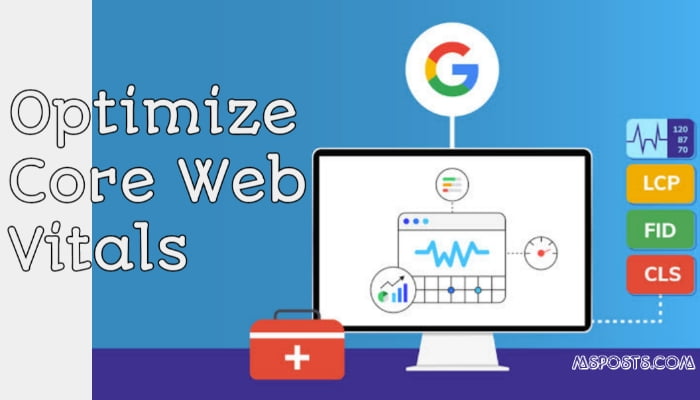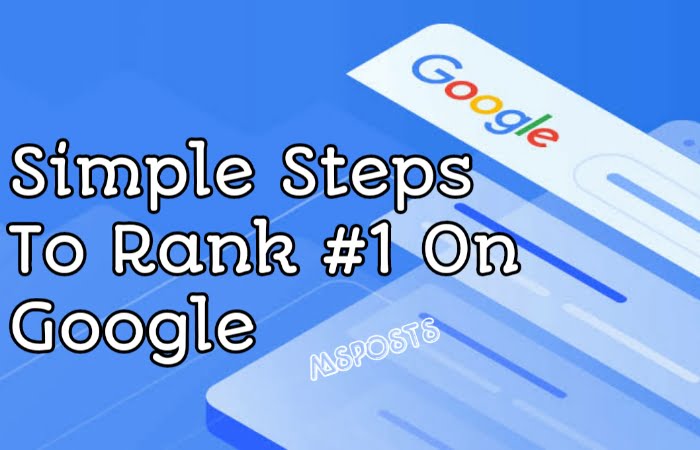What is the biggest myth on the internet?. The idea that blogging for your business is easy. Fact check says, ‘false’. The truth is, running a blog as an inbound marketing tool takes as much effort as any other part of your business. In fact, the average 1 blog post takes just under 4 hours to write.
According to a recent study that’s a substantial investment especially if you blog with regularity. But for that investment the return can be big. Businesses that blog can get 55% more web traffic than those that don’t and 67% more leads per month. No wonder 59% of BB marketers consider blogs to be their most valuable channel.
First Understand How Blog Works
It’s a good idea to understand a bit of how blogs work to bring you in customers. Many marketers use blogs to improve the company’s search ranking on Google and it works. One can result in a 434% increase in indexed pages on google and a %97 increase in indexed links. This means that potential customers are more likely to discover your business when searching online for a product or a service you offer.
Blogs can also offer big benefits once the potential customer has found you why?. Well, 70% of people would rather learn about a company through articles than advertisements
And I’m not really sure who the 30% of people are who are like, I love seeing ads all the time not here to shame anyone, just saying, I don’t get it. But that fact right there is a central thesis for inbound marketing. You’re making it possible for potential customers to find you, right at the moment they’re seeking your service.
Imagine you own, oh, I don’t know, a bike shop, and you want to attract new cyclists who are interested in the road biking trip.
Potential customer is likely to look up online before they start shopping. If they read your article, you’ve now solved the problem for them before they’ve even set foot into your store. And solving problems is the foundation for building loyal customers.
Now that you understand why a blog works, by building your SEO while solving problems for your customers.
It’s time to tackle the two big questions.
What are you going to write about? and how should you write about it?.
I already gave you a few examples of article ideas for your imaginary bike store. But you need to come up with fresh ideas every week to keep your blog effective.
You want to approach this ideation from two directions.
What sort of expertise do you offer, and what questions are customers asking about your business?. Where these two intersect is where you want your blog to be.
Make a List Of Topics
Start by making a list of topics, and ask your team to contribute. These don’t have to be actual blog ideas yet, just general topics that relate to your business. Pay extra attention to your sales and marketing folk, who likely have more insights into the customer’s wants and needs.
Run Keyword Analysis
Next, run a keyword analysis to find out what people are actually searching for online. Going back to our bike store example, you and your team might be experts in bike helmets, nutrition for cyclists, cycling shoes, and bike repairs.
Keyword research revealed that people are searching for, does cycling burn calories, best cycling helmet, best cycling shoes, knee pain. Start with articles that intersect between your expertise and customer interests. You can later build expertise in other customer interests to address those needs as well.
Looking at Competitors
Spend time looking at what your competitors are writing for your customers, and what’s already ranking number one in Google for your target keywords. Looking at the competition will help you identify your starting point. In order to rank above them in Google and win over more readers, your content needs to be times better. and use HubSpot’s blog ideas generator to come up with even more article ideas, whole year’s worth.
Now you’re ready to start writing but a blank page on your screen can be a terrifying thing, even for professional writers.
Keep Your Writing Causal
Keep your writing casual and conversational, like speaking to a colleague in the break room. Think friendly but professional, informative but never patronizing, and always be jargon-free.
Preview your main points in the first few lines of each blog, so readers know they’ve come to the right place. Give them a takeaway to act on at the end of each article.
Now, are you ready for some real ninja tricks?.
Expert bloggers insert passive CTAs as hyperlinks qt the start of each article. These links have the highest click-through rates. Despite this, blogs are getting longer. that’s because articles over, 3000 words get 3x more traffic, 4x more social shares and 3.5x times more backlinks.
Research Before Writing and Proofread
When writing a blog, it’s always good to use some data and research to back up your point, and always link to your sources. It’s the right thing to do. Once your blog is written, have someone else read it for clarity and corrections. Or at least take a break, then go back and give yourself minutes to edit and proofread. There are some pretty good AI powered apps like Grammarly to help you check your writing. But they won’t catch everything. So read carefully add an image or, even better, create a custom graphic if you have the resources then click publish.
Post On Social Media
You can post a link on your social media channels and any other online marketing outlet, like a newsletter. But don’t spend time worrying about immediate traffic. The best blog posts have a long tail, meaning their value unfolds over time as people discover them through organic search.
Stick With It
It can take up to six months of consistent blogging before you see any return, and most businesses give up before then. So stick with it and you’ll gain a competitive advantage. You’ll just have to keep blogging steadily and you’ll see the results in the long run.
Optimizing the Past
If you’ve been blogging for a while, you should take a little break from new content to optimize older posts. Use blog analytics tools to identify which posts are generating traffic but not leads, so they can be optimized for those conversions. Then identify posts that are converting leads at a high rate but are low in traffic and optimize those posts for search, So they can gain more traffic. It’s called optimizing the past.
Build High-Quality Blog
By building and maintaining a high-quality blog, you’ll be creating content that will continue to bring in solid leads for your business long after you press publish. You don’t need to be a brilliant writer, just an expert in something in your own industry.








Leave A Comment